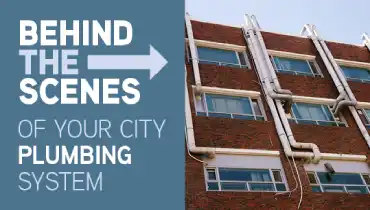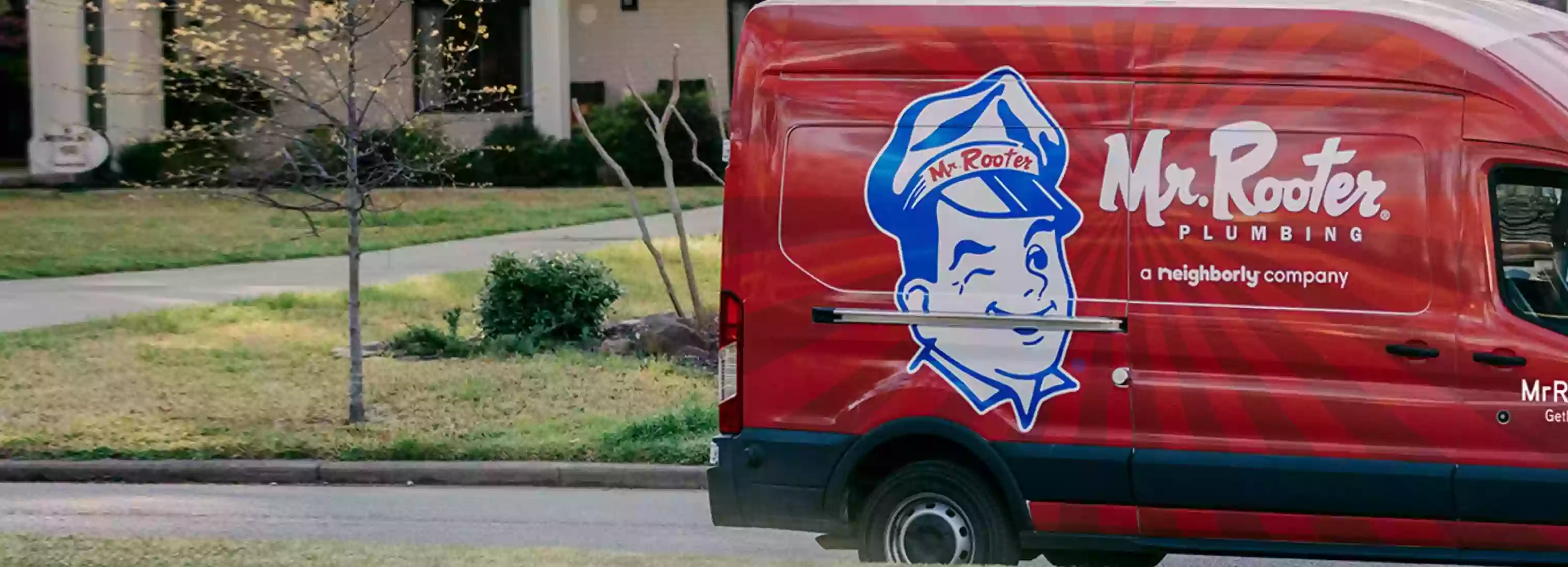Behind the Scenes of Your City Plumbing System

Think wastewater’s journey from your drain to the sanitation plant is one disgusting, smelly twist-and-turn after another? You may be surprised by how city plumbing works…
A Wet & Wild Ride
More water enters the city plumbing system from your washing machine and shower than from your toilet. Flushed through your home’s sewer main pipe, it’s a long and interesting journey from soiled to safely sanitized water, beginning with numerous pass-offs through your municipal sewage system. A series of interconnected drainpipes hidden beneath area streets owned and operated by your city’s sewer department, they not only handle your home’s wastewater but serves to manage rainwater runoff as well.
Old School Tech
With the rare exception of low-lying areas that need a little extra help from a pump, the sewer system requires no mechanical help to drain and transport wastewater from your home. Your city plumbing system relies primarily on the principles of pressure and gravity to slant water, downhill, away from your home. Vent stacks help make this process possible.
Under Pressure
Vertical pipes that extend through the roof to the outdoors, vent stacks, combined with code-mandatory drain U-traps or S-traps, do double-duty, not only keeping smelly sewer gases out of your home but also moving things along. The principle is simple – consider this child’s drinking straw trick: If you place a straw into water, plug your finger over the top, and remove the straw, you’ll see the water stays trapped within. Without this essential venting, wastewater would become trapped.
A Drop in the Bucket
In addition to the wastewater leaving homes citywide from all types of plumbing systems, your wastewater is also joined by rainfall and runoff from manhole vents, to the tune of a thousand gallons a day per manhole from a single day of rain. Water from cracked, leaky, or tree root-damaged pipes infiltrating city-wide sewer pipes as well, filling channels that are anywhere from half a foot tall, to large enough to drive a truck though depending on the size of your municipality.
All Washed Up
Grabbing detritus washed in through manholes, as well as items discarded by homeowners via the plumbing arena (grease, garbage disposal detritus, medicines, wipes, hygiene products…), city workers must routinely flush/clean pipes to deal with inappropriate plumbing debris, which left unattended could turn into sewage spills or system failures. The solids that do reach the sanitation plant must be treated, a practice, despite the longstanding history of sewage piping, barely a century old:
- Getting the big chunks…
- Large objects are screened out.
- The nitty gritty…
- Mud and sand settle, for later transportation to the local landfill for environmentally safe disposal.
- Solid investment…
- The remaining wastewater is then separated in settling tanks, where 60 percent of solids settle into a mix of sludge and water, a process that removes very few toxic chemicals.
- A second chance…
- Secondary treatment involves the addition of oxygen to wastewater to speed microorganism growth, which consumes waste prior to settling at the bottom of the treatment tank. At this point, 80-90 percent of sewage and other solids have been removed - and a significant portion of toxic chemicals.
- Special delivery…
- The remaining wastewater is disinfected for later discharge into area water bodies, and the solids are shipped wet or dried according to EPA rules for beneficial re-use as a fertilizer sold to farms, institutions, and the public.
Still, think your disposal choices won’t come back to haunt you? Treat the city plumbing system right with the help of Mr. Rooter Plumbing. Ensure safe operation – and a safe environment. Contact us today.
 Click to call
Click to call


